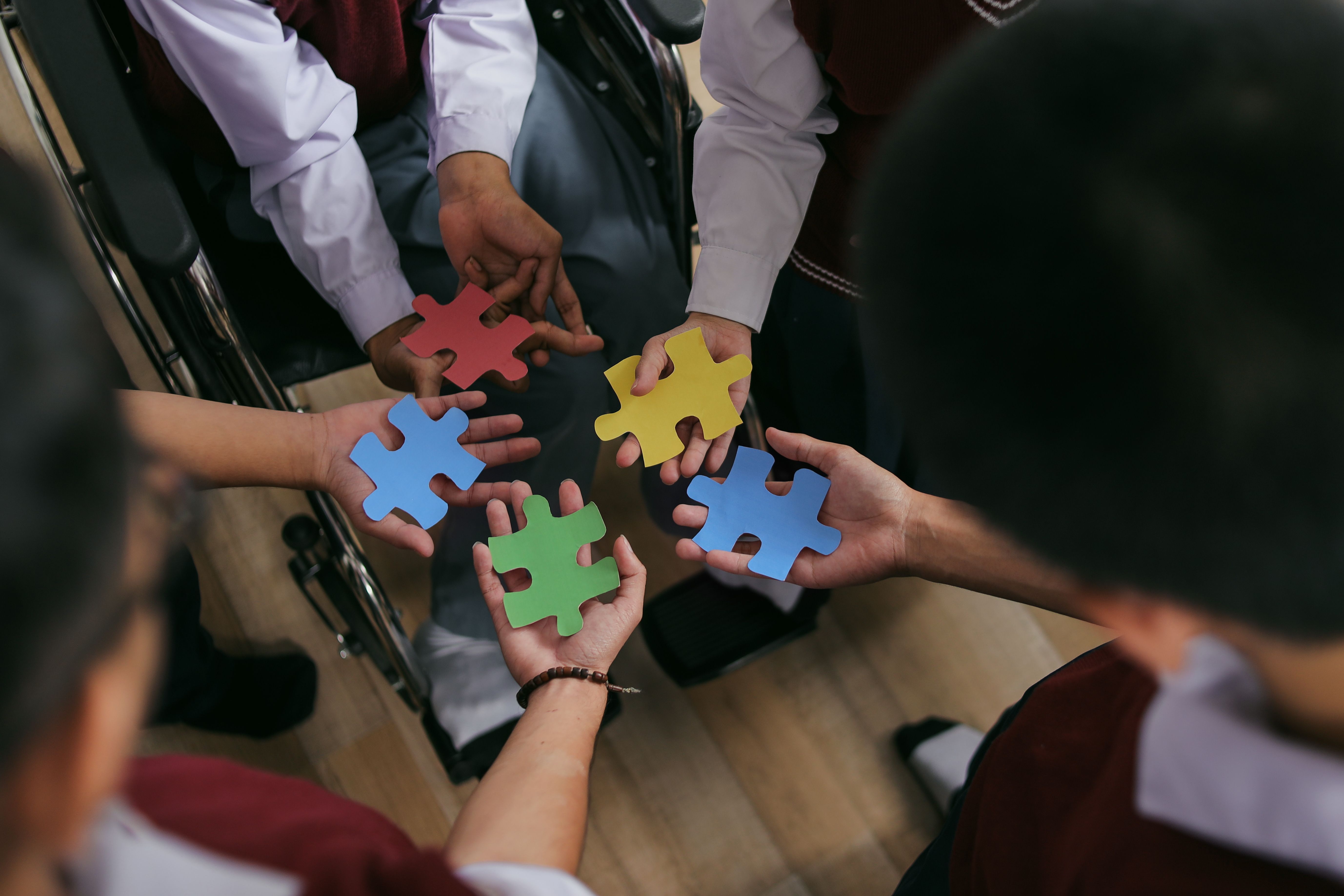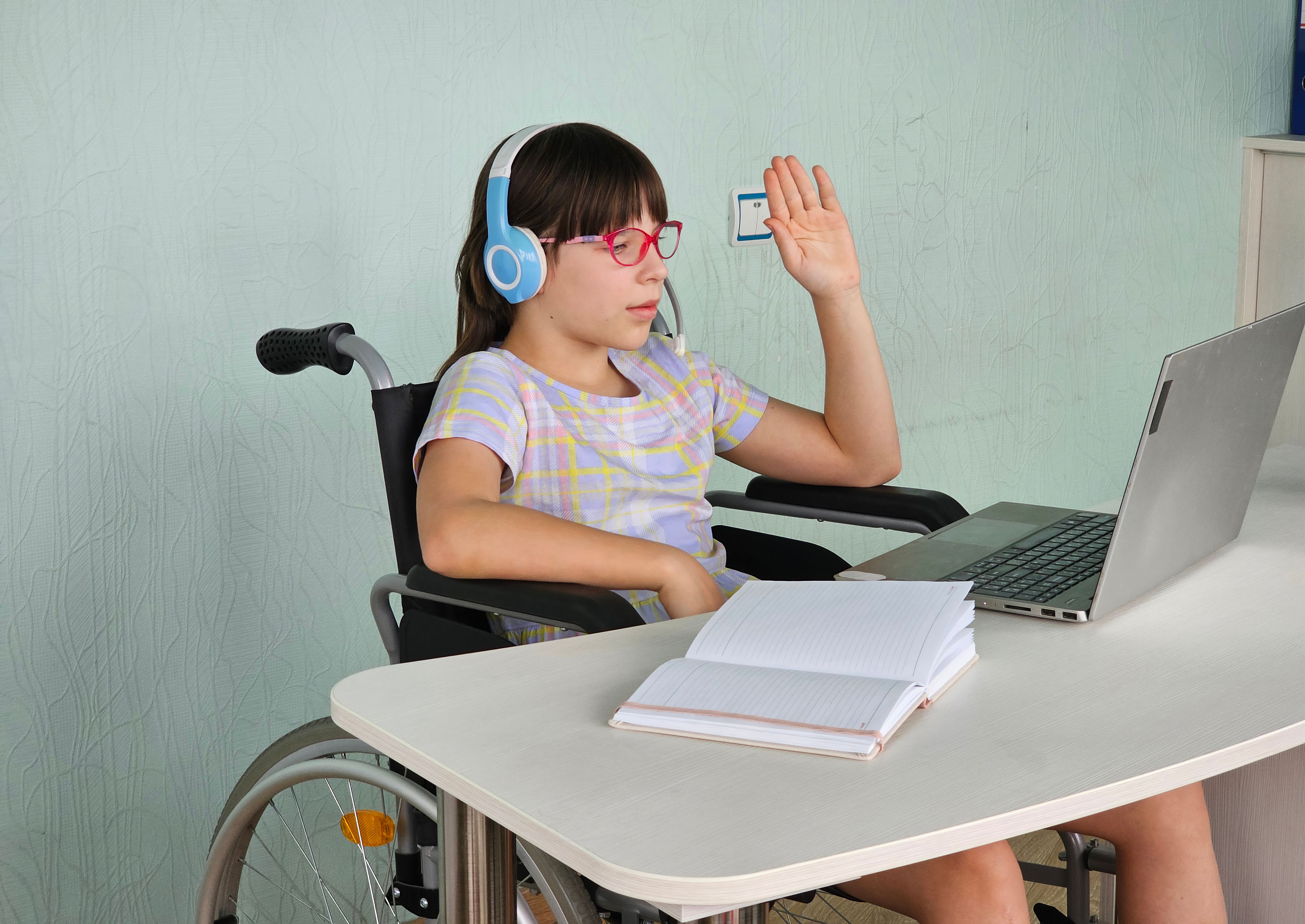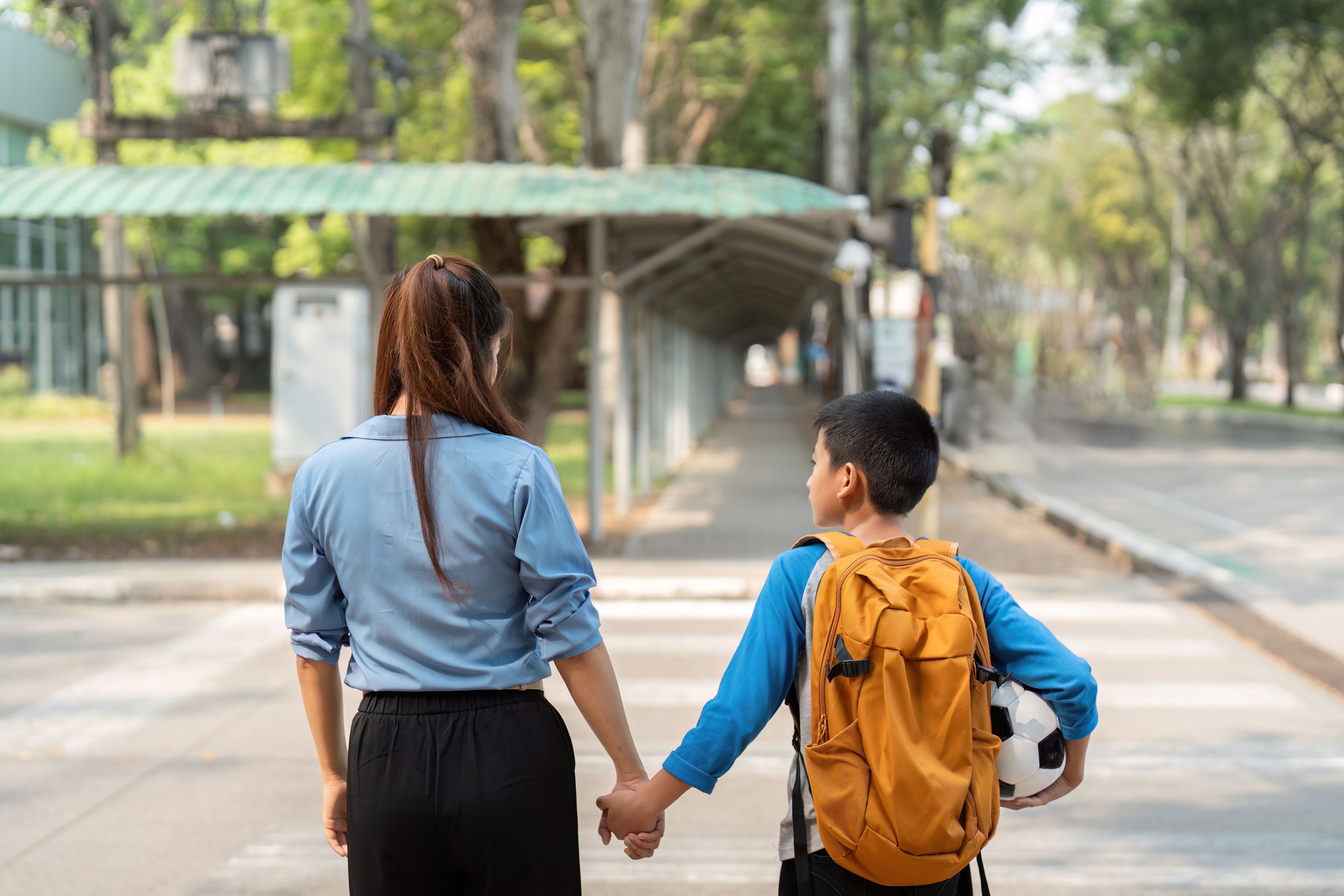Building Inclusive Education Centres for All
JT
The Importance of Inclusive Education
Inclusive education is more than just a buzzword; it's an essential approach to teaching that ensures all students, regardless of their abilities or backgrounds, have equal access to learning opportunities. By embracing diversity in the classroom, educators can create environments where every student feels valued and supported. This not only benefits those with learning differences but enriches the educational experience for all students.
At the heart of inclusive education is the belief that all children should learn together, wherever possible, regardless of any difficulties or differences they may have. This approach requires a shift from traditional teaching methods to more flexible practices that cater to the unique needs of each student. Emphasizing inclusion helps to break down barriers and fosters an environment of understanding and respect.

Designing Accessible Learning Environments
Creating an inclusive education center starts with designing spaces that are accessible to everyone. This involves considering physical accessibility, such as ramps and elevators for students with mobility challenges, as well as auditory and visual aids for those with hearing or sight impairments. Schools must also provide resources like braille textbooks and sign language interpreters to support diverse learning needs.
In addition to physical adjustments, inclusive education centers must also focus on creating a welcoming atmosphere. This includes training staff to be sensitive to the diverse backgrounds and needs of students, promoting a culture of acceptance, and ensuring that anti-bullying policies are enforced. When students feel safe and supported, they are more likely to engage actively in their learning journey.

Adapting Curriculum for Diverse Learners
Another crucial aspect of building inclusive education centers is adapting the curriculum to cater to a wide range of learning styles and abilities. This involves using differentiated instruction techniques, which allow teachers to tailor their teaching methods and materials to the varied needs of their students. By incorporating multimedia resources, hands-on activities, and collaborative projects, educators can create a more engaging and inclusive curriculum.
Technology plays a significant role in facilitating inclusive education. Tools like speech-to-text software, interactive whiteboards, and educational apps can enhance learning experiences for students with disabilities. These technologies not only support individual learning needs but also foster collaboration among students with different abilities.

Building a Supportive Community
An inclusive education center thrives on the collaboration between educators, students, parents, and the community. It is crucial to build partnerships with local organizations, advocacy groups, and specialists to provide additional resources and support services for students who need them. These collaborations can help educators stay informed about best practices in inclusive teaching and ensure that they have access to the latest tools and resources.
Parents also play a vital role in fostering an inclusive environment. By encouraging open communication between home and school, parents can provide valuable insights into their child’s unique needs and advocate for necessary accommodations. When families and schools work together, students are more likely to succeed both academically and socially.
Measuring Success in Inclusive Education
The success of an inclusive education center is not measured solely by academic achievements but also by the overall development and well-being of each student. Schools must implement continuous assessments that consider both academic progress and social-emotional growth. These assessments can help educators identify areas where students may need additional support or resources.
Celebrating diversity and including all students in school activities, clubs, and events is another measure of success. When students see their differences embraced and valued, it boosts their confidence and encourages them to participate more fully in school life. Inclusion is not just about integrating students with disabilities; it is about creating a community where everyone feels they belong.

